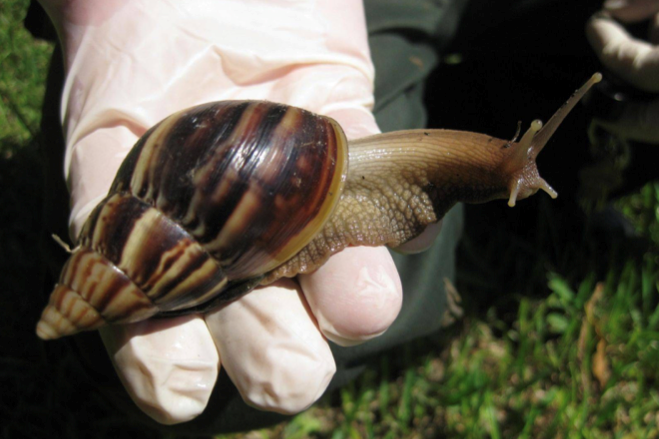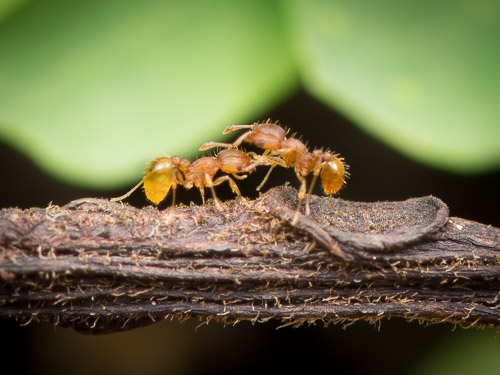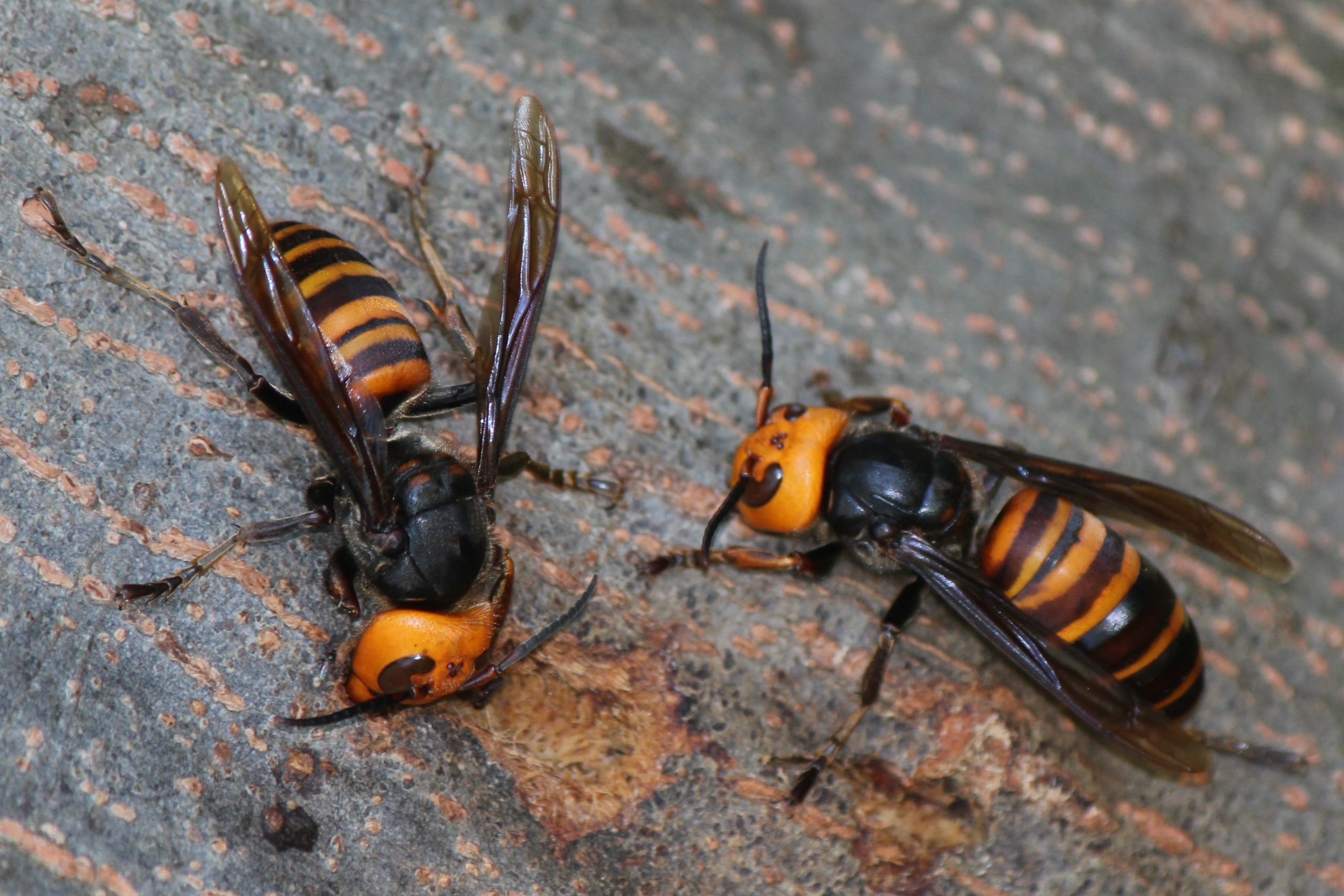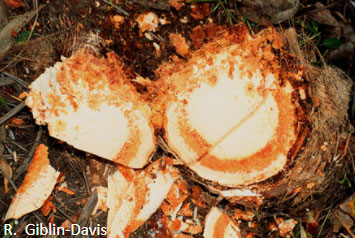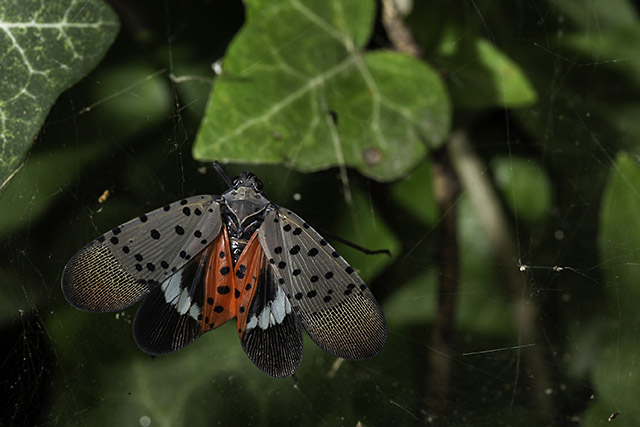Common name: Box tree moth
Scientific name: Cydalima perspectalis
Status in Hawaii: Not known to be present in Hawaii
An invasive moth that can defoliate and kill boxwood. Spreading in Europe, it was first detected in North America in 2018 in Canada and the US in 2021. Efforts are underway to prevent further spread.
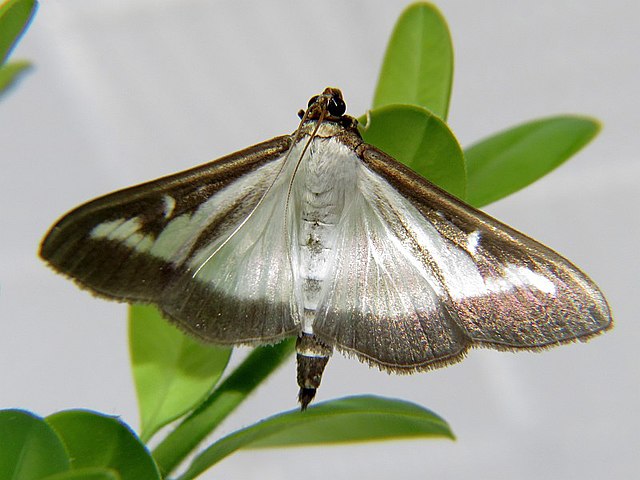
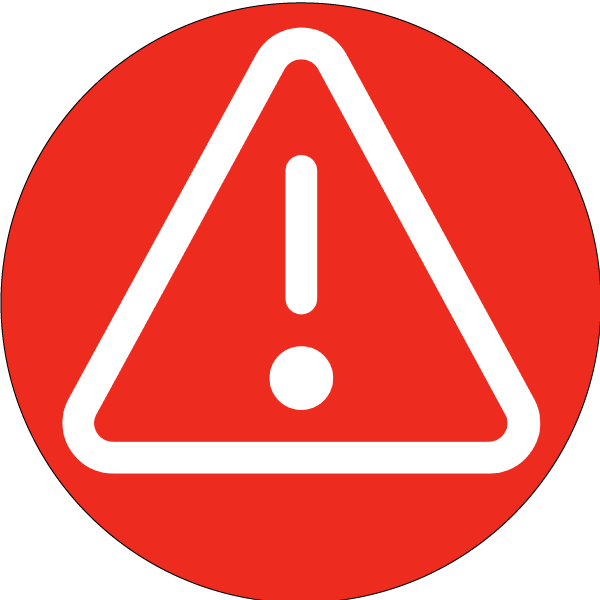
Impacts
- The box tree moth defoliates boxwood plants (Buxus spp). It also infests Ilex purpurea (purple holly), Euonymus spp. (spindletree). Once leaves are gone, larvae feed on bark. Sufficient feeding can kill the plants.
- Of particular concern in Hawaii is the moth’s secondary diet of mock orange (Murraya paniculate). The moth will eat mock orange once boxwoods are defoliated.

Identification
- Gardeners are likely to become aware of box tree caterpillars when they find webbing and caterpillars on boxwood plants.
- Newly hatched caterpillars are greenish-yellow, with black heads. Older caterpillars reach up to 4cm (1¼in) in length and have a greenish/yellow body with thick black and thin white stripes along the length of the body
- The adult moth usually has white wings with a faintly iridescent brown border, although the wings can be completely brown or clear. The moth has a wingspan of around 4cm (1¼in)
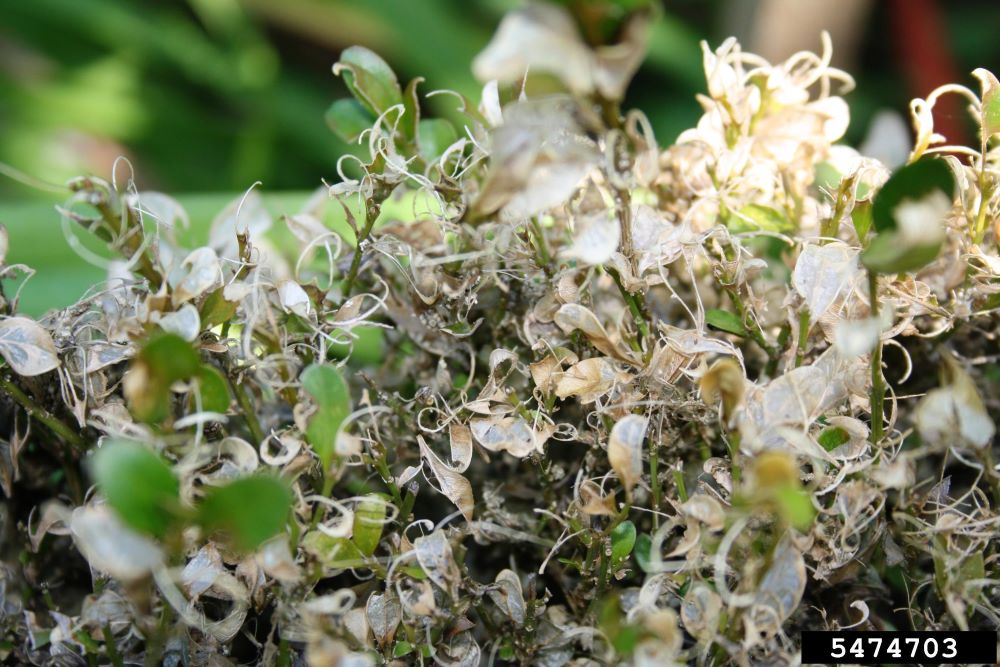
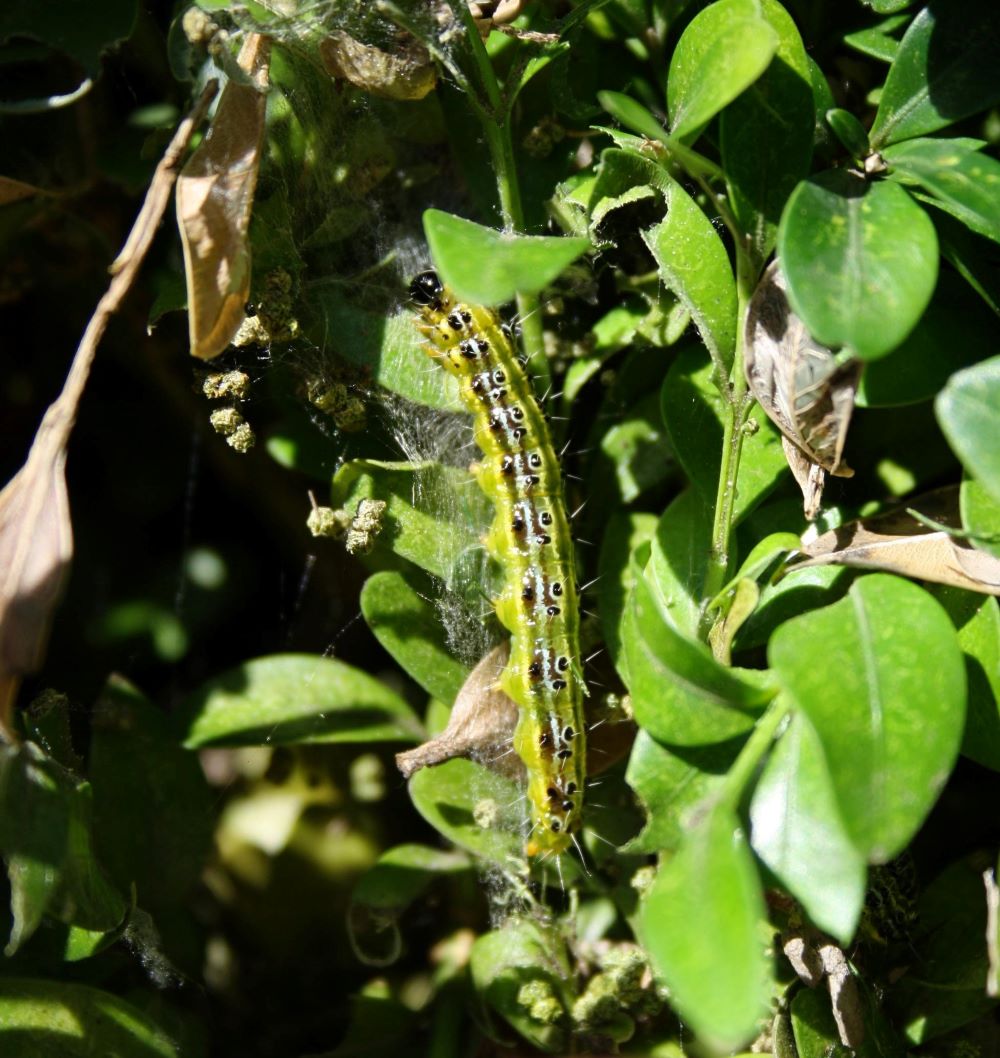


Vectors/Commodities
- Boxwood, Ilex purpurea (purple holly), Euonymus spp. (spindletree), and mock orange (Murraya paniculata).

Distribution
- Native to East Asia, the boxwood moth reached Europe in 2007 and has spread widely. Internationally: Belarus, Lithuania, Malta, Kosovo, Georgia, Montenegro, Ukraine, Serbia, Greece, Bosnia, Bulgaria, Croatia, Czech Republic, Hungary, Turkey, England, Netherlands, Switzerland, China, Japan, Korea
- First reached North America (Canada) in 2018 and was first detected in the US in 2021, arriving via shipped boxwood to six states: Connecticut, Massachusetts, Michigan, New York, Ohio, and South Carolina. Efforts to contain the pest are underway as of 2021.

Best Management Practices
- This species is not found in Hawaii. Prevention and early detection efforts protect Hawaii’s nursery industry.
- Consider sourcing options and pest distribution when purchasing boxwood plants.
- BOLO: Be on the lookout! Carefully inspect boxwood and other host plants for indications of the moth: webbing and the frass produced by caterpillars.
- Report any suspect pests to www.643pest.org or by phone to 643-PEST (7378).

References
Other Nursery Pests
PEST PREVENTION TRAINING
An advanced education program for those on the front lines protecting Hawaii from invasive species.
Contact your local Invasive Species Committee to schedule a training for your team. Learn more
This material was made possible, in part, by a Cooperative Agreement from the United States Department of Agriculture’s Animal and Plant Health Inspection Service (APHIS). It may not necessarily express APHIS’ views.













